-
Russia’s war machine looks different today than it did at the start of the conflict.
-
Moscow has new defense leadership in place and is setting the stage for an offensive this summer.
-
Putin is finally getting serious about the fight, and it’s not good for Ukraine.
It took Russia more than two years of brutal war, thousands of armored vehicles damaged and destroyed, an estimated 450,000 casualties, and tens of billions of dollars to get to this point, but Moscow seems to finally be taking its war seriously.
Much of the war in Ukraine has gone poorly for Russia. Its death toll alone — by many estimates more than 50,000 troops — is staggering. But Russian President Vladimir Putin‘s war machine looks very different today than it did at the start of the conflict.
The country’s defense-industrial base has begun firing on all cylinders, and Putin recently installed an economist as his defense minister to boost the mass production of weaponry, especially firepower. Moscow blunted Ukraine’s counteroffensive last summer with a strong defense while rebuilding stockpiles and transitioning to a wartime economy.
It has effectively exploited Ukraine’s material, manpower, and industrial disadvantages over the spring, especially as Kyiv’s Western partners floundered, and it is now setting the stage for what could be a major, multi-pronged offensive this summer. Its forces have also found and copy-catted tactics to drive Ukraine back.
Russia finally appears committed to its ambitions in Ukraine — and, as some fear, beyond — and it comes even as Ukraine’s weapons stocks are being reloaded after US lawmakers passed a major Ukraine aid deal.
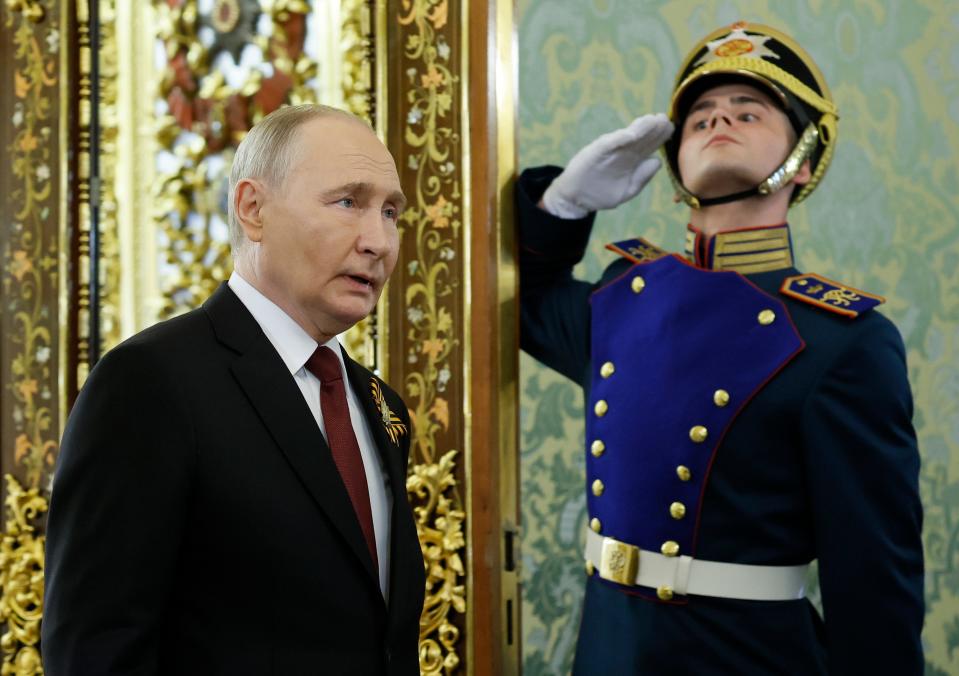
“The Russians are still dangerous and they’re learning,” George Barros, the geospatial-intelligence team lead and a Russia analyst at the Institute for the Study of War, told Business Insider. “They’re improving every day.”
An ‘inflection point’ in Russia’s war efforts
The war began with Russia’s botched invasion of Ukraine, with command failures, tactical missteps, and high levels of confusion in the Russian ranks in the face of stiff Ukrainian resistance ultimately derailing plans for a swift victory.
The Russian military continued to suffer from other problems in the first year of fighting, racking up troop and equipment losses while failing to capture significant amounts of Ukrainian territory.
And Ukraine got the better of its more powerful enemy on more than one occasion, including in its 2022 counteroffensive pushes in northeastern Kharkiv and southern Kherson.
But Russia found success in using a sophisticated array of defensive lines to prevent Ukraine’s 2023 counteroffensive from achieving notable forward progress. As it concluded last fall, the highly anticipated effort ended in failure, with Kyiv unable to liberate much of the territory, even with an influx of armored combat vehicles from the West.
In the months that followed, Russia took advantage of stalled US military support for Ukraine, which spent much of the winter and spring outgunned and lacking critical munitions to defend itself. Ukraine also notably failed to adequately build out its defensive fortifications until the last minute. Moscow exploited these problems to make gains in the east and prepare for future assaults.
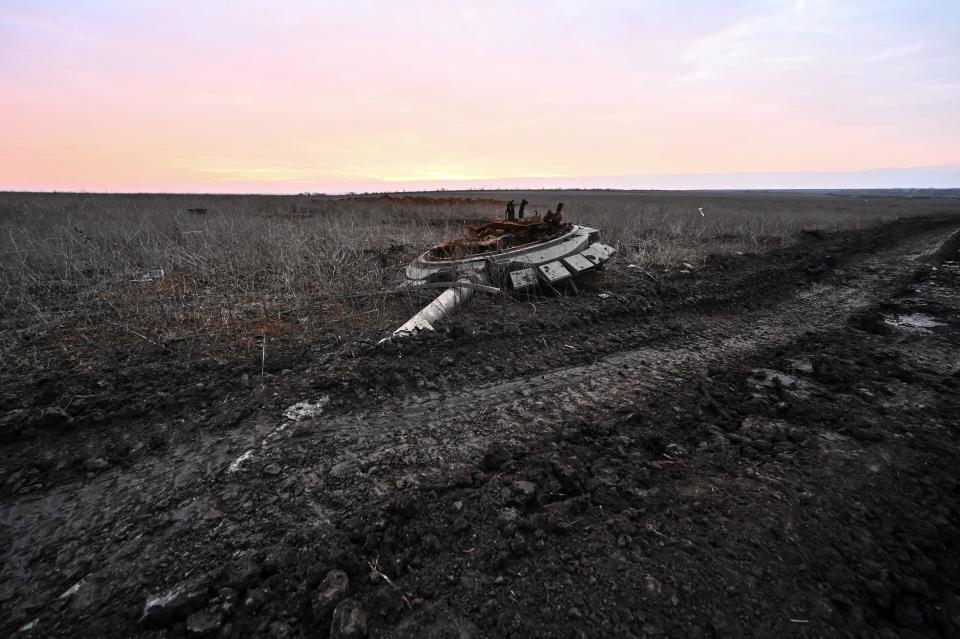

Alarm bells have been ringing in the West in recent weeks. US intelligence assessed in March that, despite suffering serious damage in Ukraine, the battlefield deadlock has shifted momentum in Moscow’s favor.
The following month, a top US official and general said, respectively, that the Russian military was “almost completely reconstituted” and had “grown back” to its pre-war strength.
“They’ve got some gaps that have been produced by this war, but their overall capacity is very significant still,” Gen. Chris Cavoli, NATO’s Supreme Allied Commander Europe and the head of US European Command, told Congress in April. “And they intend to make it go higher.”
And those intentions have since been put on full display. In a rather surprising move on Sunday, Putin nominated Andrei Belousov — a civilian economist with no military background — to replace his long-time defense minister Sergei Shoigu, who has faced resounding criticism over Russia’s inefficiencies in Ukraine.
The recent military leadership reshuffle indicates Putin’s intent to put Russia on a “Soviet-style economy war footing” to increase the output of the country’s defense-industrial base, Barros said.
But this isn’t just to satisfy Moscow’s immediate needs in Ukraine, he added. It’s also for “long-term force regeneration” in which there’s a scenario where Russia goes beyond the borders of Ukraine and looks to project force against NATO’s eastern flank.


Belousov, identified as a “competent, hard-head technocrat,” was essentially brought in to audit the Russian defense ministry — which is riddled with corruption — and ensure that the country’s tax dollars are actually going to the procurement of weapons and equipment that will allow Moscow to more successfully wage war in Ukraine, something the Kremlin previously struggled with, Barros said.
“This is an important inflection point in the Russian effort to treat the ‘special military operation’ as a real war and gets serious about long-term strategic protracted efforts,” Barros said, referring to the term that Moscow has long used to describe the conflict.
It’s not the first time Russia has tried to improve its war footing. Ukraine’s blitz-style counteroffensive in the northeastern Kharkiv region during the fall of 2022 led Putin to announce a partial mobilization and take other measures to increase defense output, such as ramping up drone and tank production. The situation improved, but it still wasn’t sufficient enough for Moscow.
Now, Russia’s defense-industrial base — with the help of some key partners — appears to be rolling.
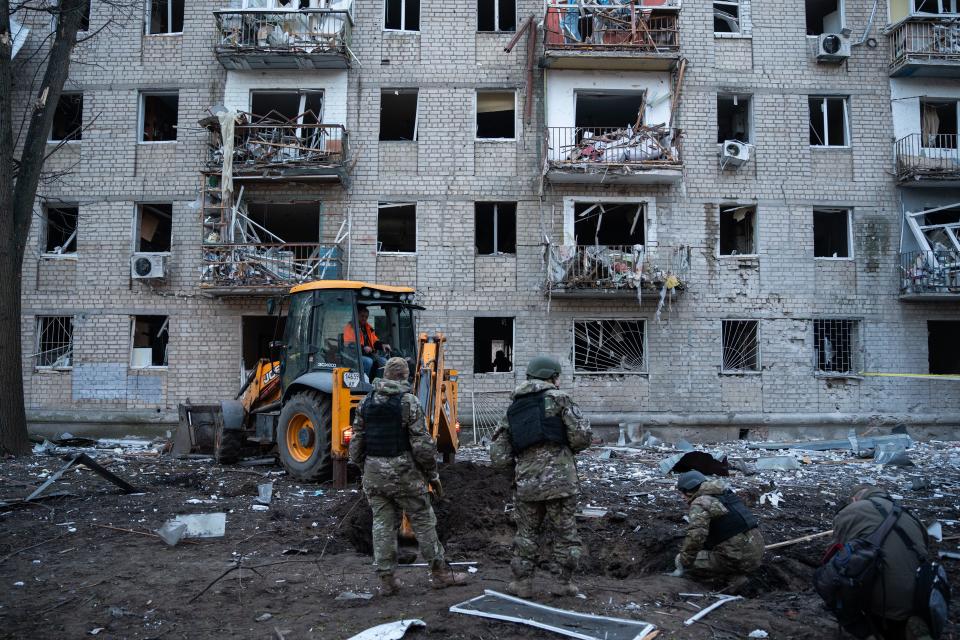

The Russian defense ministry in March, for instance, announced that it would increase production of several types of munitions, including the 1,100-pound FAB-500, 3,300-pound FAB-1500, and 6,600-pound FAB-3000 bombs — a troubling development for Ukraine.
These munitions can be converted to glide bombs, which are standoff weapons that can be released from a distance, thus reducing a Russian aircraft’s exposure to Ukraine’s air defenses. These highly destructive weapons can’t effectively be intercepted and are hammering Ukraine’s trenches and defensive lines.
The employment of glide bombs to support ground maneuver is the primary example of how Russia’s military is successfully learning from its past shortcomings, Barros said.
It’s a tactic that did not see widespread employment until the end of 2023, but one that Moscow relied heavily on earlier this year to capture the war-torn eastern city of Avdiivka, and is currently replicating during its new assault in the Kharkiv region.
Ukraine is ‘going to be in a difficult position’
Since launching a new offensive effort in the Kharkiv region last week, Russia has been using glide-bomb strikes to enable ground maneuver so it can seize territory and create what it claims is a buffer zone along the border with Ukraine.
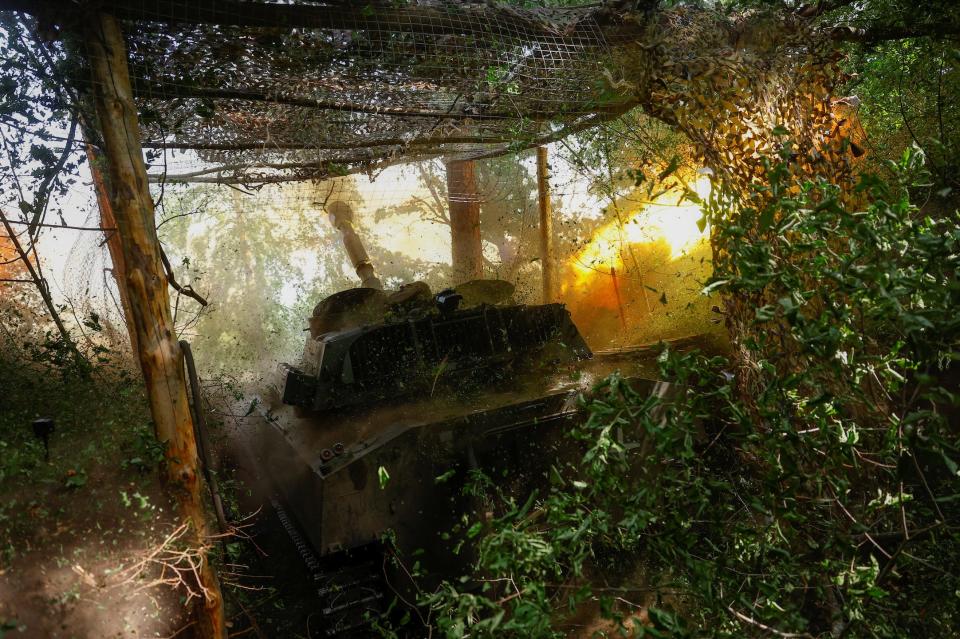

But Ukraine’s ability to defend itself has been severely hamstrung by US restrictions on striking military targets inside Russia, analysts at the ISW wrote in an assessment this week. This has effectively created a sanctuary space where Russian aircraft can lob glide bombs against Ukrainian positions, and where Moscow’s troops can gather ahead of combat operations, they added.
Ukrainian officials have tried to push the Biden administration to rethink its stance, but Washington has been unwavering in its position.
Meanwhile, with its new Kharkiv push underway, Russia now appears to be setting the stage for what could be a multi-pronged summer offensive that could stretch a Ukrainian army still depleted of critical materials and much-needed manpower.
Ukrainian and Western officials, as well as war experts, have said that the months-long hold on additional US military aid to Ukraine put the country in the tough position in which it currently finds itself.
Kyiv also faces morale and recruitment issues that didn’t exist a year ago, when many were rather optimistic ahead of the summer counteroffensive.
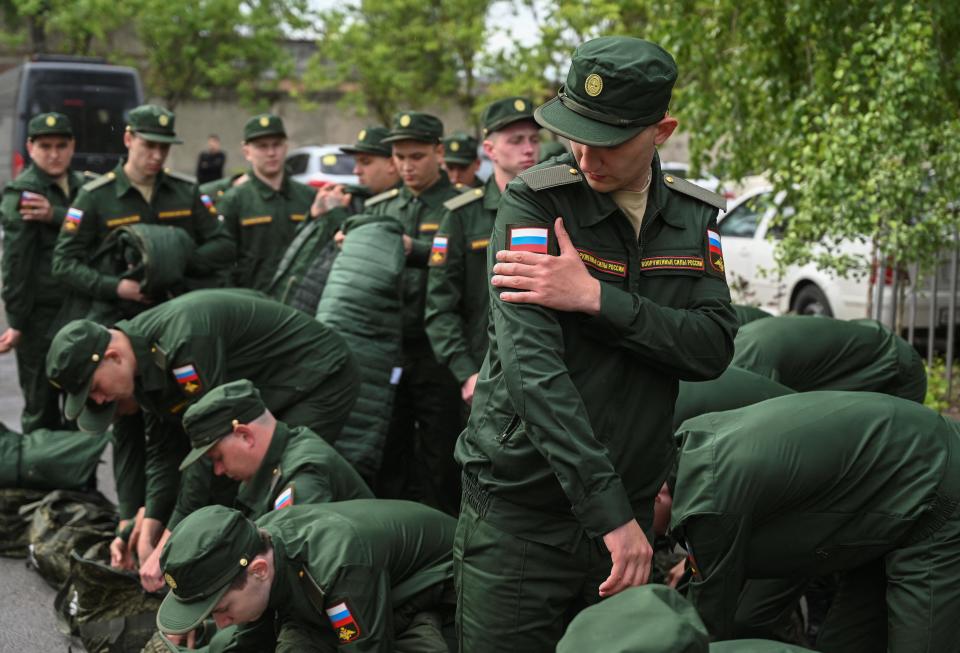

“The Ukrainians are going to be in a difficult position over the coming months,” Barros said. The pattern of US support for Ukraine, where Washington surges assistance at the last minute when the situation gets dire, “is not a sustainable approach. What we’re seeing now are the consequences of that approach to Ukraine,” he explained
Mick Ryan, a retired Australian major general and strategist who recently returned from Ukraine, wrote in April that Russia has clearly gotten over the “shock of its early failures” and seems able “to subjugate Ukraine in a way it was not capable of when it began its large-scale invasion in February 2022.”
“Russia is now a more dangerous adversary than it was two years ago,” he wrote.
Jack Watling, a senior research fellow at the Royal United Services Institute think tank, said that Russia is taking advantage of its numerical superiority, stretching out Ukrainian forces across a vast front line.
Kyiv desperately needs more forces, ammunition, and air-defense interceptors if it hopes to brave Moscow’s advances, he warned, noting that “the outlook in Ukraine is bleak.”
But, Watling argued in a new analysis this week, “if Ukraine’s allies engage now to replenish Ukrainian munitions stockpiles, help to establish a robust training pipeline, and make the industrial investments to sustain the effort, then Russia’s summer offensive can be blunted, and Ukraine will receive the breathing space it needs to regain the initiative.”
Read the original article on Business Insider
Source Agencies



